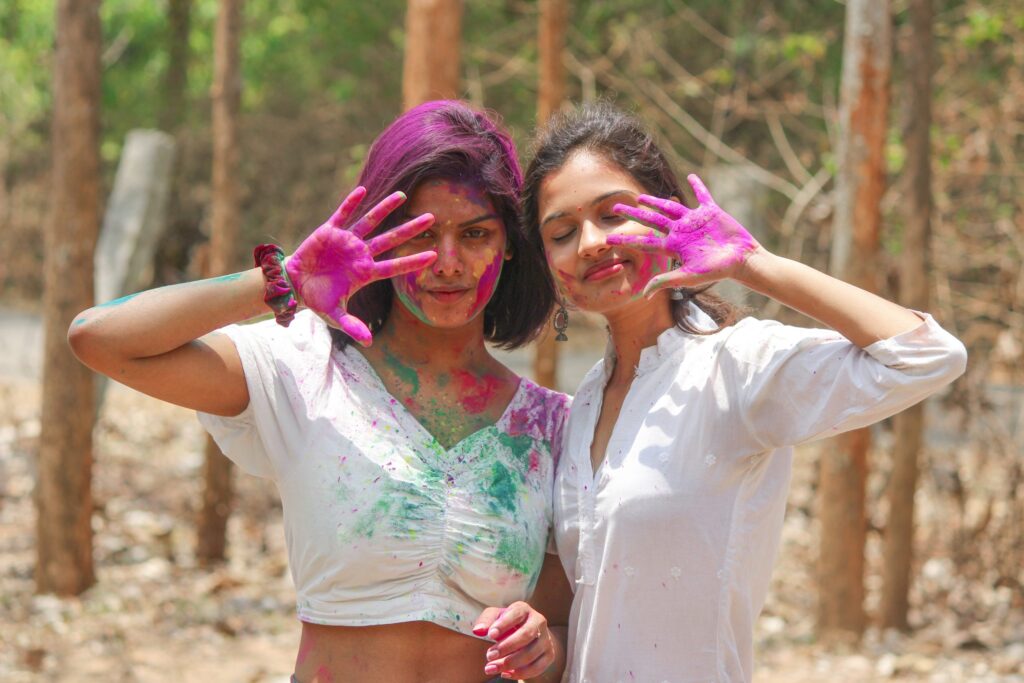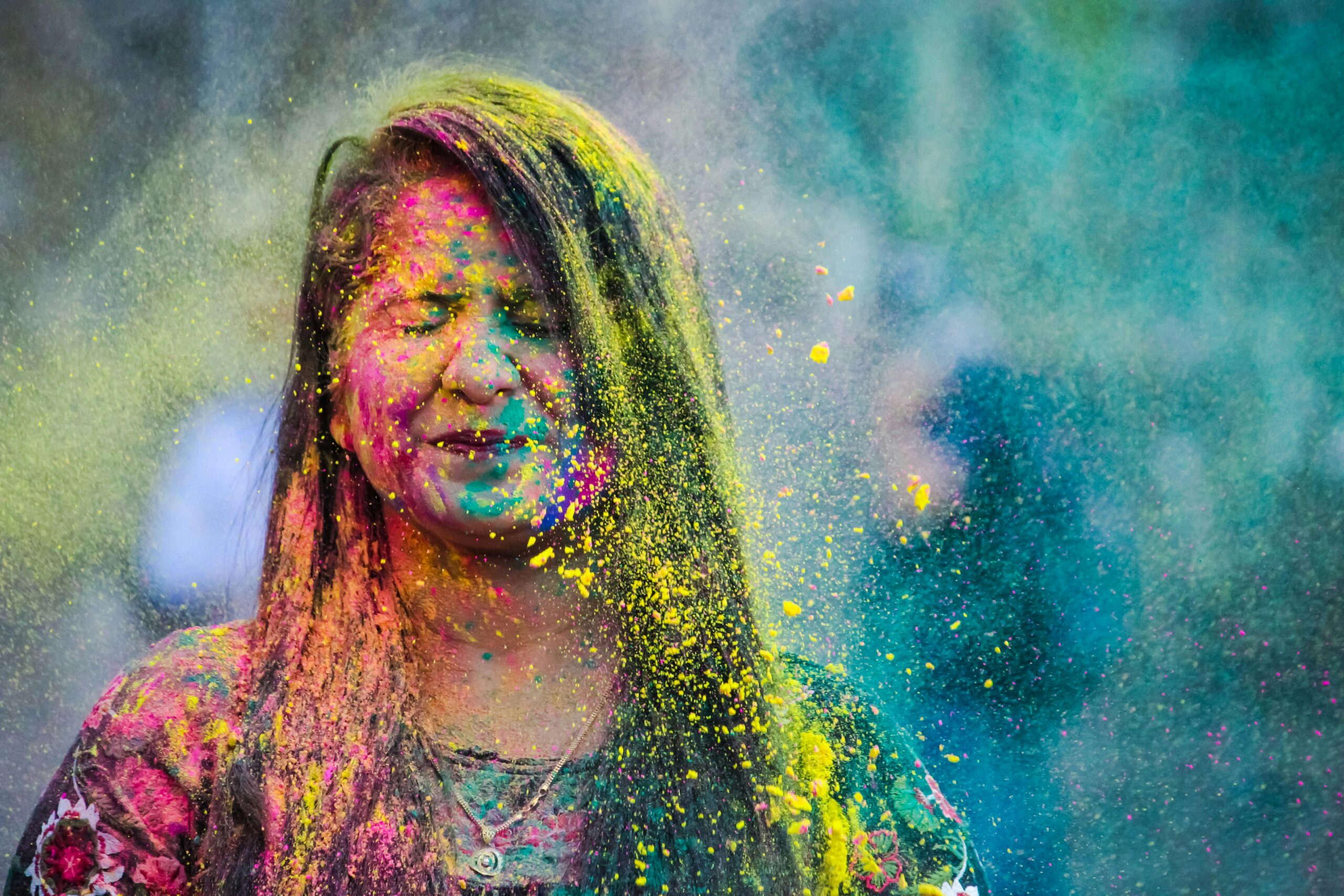Holi Festival: Celebrating Colors, Love, and Unity – Holi, also known as the Festival of Colors, is one of the most vibrant and joyous festivals celebrated in India and around the world. This ancient Hindu festival holds great cultural and social significance, marking the arrival of spring and the victory of good over evil. Let’s delve into the rich tapestry of traditions, rituals, and celebrations that make Holi a truly unforgettable experience.
Holi Festival: Celebrating Colors, Love, and Unity

Introduction to Holi Festival
Holi traces its roots back to ancient India, with references found in Hindu scriptures and mythology. The festival is primarily associated with the legend of Holika and Prahlad, symbolizing the triumph of devotion and righteousness over malevolence. Beyond its religious connotations, Holi is a celebration of rejuvenation, hope, and the vibrant colors of nature.
Preparations and Rituals
Preparations for Holi typically begin weeks in advance, with households undergoing thorough cleaning and decoration. People gather an assortment of colors, known as gulal, and water guns, preparing for the colorful revelry ahead. The atmosphere becomes charged with excitement and anticipation as the festival draws near.
Holi Eve: Holika Dahan
The eve of Holi, known as Holika Dahan, holds great significance in Hindu mythology. It commemorates the triumph of good over evil, as depicted in the tale of Prahlad and Holika. Bonfires are lit in communities, symbolizing the destruction of negativity and the onset of positivity. The ritual is accompanied by prayers, rituals, and joyous festivities.
Morning Celebrations: Rangwali Holi
The morning of Holi is greeted with exuberance and merriment as people take to the streets to partake in Rangwali Holi, the colorful extravaganza. Armed with vibrant colors and water balloons, revelers chase each other, smearing colors and drenching one another in water. Laughter fills the air as people of all ages come together to celebrate the spirit of unity and joy.
Food and Refreshments
No Holi celebration is complete without an array of delectable treats and refreshments. Traditional delicacies like gujiya, thandai, and puran poli are savored with gusto, adding to the festive fervor. Sweets play a central role in Holi celebrations, symbolizing the sweetness of life and the bonds of love and friendship.
Music, Dance, and Entertainment
Music and dance are integral parts of Holi celebrations, with folk songs and dances adding to the festive ambiance. Communities gather to sing and dance, reveling in the joyous spirit of the occasion. Colorful processions, street plays, and cultural performances further enhance the festive atmosphere, creating memories that last a lifetime.
Social Significance of Holi
Holi transcends religious and social boundaries, fostering unity and harmony among people of diverse backgrounds. The festival is a time to let go of past grievances, mend broken relationships, and embrace forgiveness and reconciliation. It promotes a sense of inclusivity and camaraderie, reaffirming the bonds of kinship and community.
Holi in Different Regions
While Holi is celebrated across India, each region boasts its own unique customs and traditions. From the exuberant Lathmar Holi in Uttar Pradesh to the royal celebrations in Rajasthan, the festival takes on diverse forms, reflecting the cultural richness and diversity of the country. In recent years, Holi has gained popularity worldwide, with people from all walks of life joining in the colorful revelry.
Modern Celebrations and Innovations
In response to environmental concerns, many communities are embracing eco-friendly Holi practices, using organic colors and minimizing water wastage. Holi events and festivals are organized in cities around the globe, bringing together people of different cultures and nationalities. These modern innovations serve to spread the message of love, peace, and unity inherent in the festival of Holi.
Holi: A Festival of Unity and Joy
At its core, Holi is a celebration of life, love, and the indomitable human spirit. It transcends barriers of caste, creed, and religion, uniting people in a shared experience of joy and jubilation. As colorful clouds fill the sky and laughter echoes through the streets, Holi reminds us of the simple pleasures that bind us together as one global family.
Conclusion
Holi is more than just a festival; it is a celebration of humanity’s resilience and capacity for joy. Whether in the narrow lanes of an Indian village or the bustling streets of a cosmopolitan city, the spirit of Holi endures, spreading warmth and happiness wherever it goes. As we immerse ourselves in the kaleidoscope of colors and laughter, let us embrace the true essence of Holi – a festival of unity, love, and boundless jubilation.
FAQs about Holi Festival
- What is the significance of the colors used during Holi?
- The colors used during Holi symbolize the vibrancy of spring and the diversity of life. They also represent the triumph of good over evil and the onset of positivity and renewal.
- How long does the Holi festival last?
- Holi is typically celebrated for two days, with the first day dedicated to Holika Dahan and the second day to Rangwali Holi.
- Are there any safety precautions to keep in mind during Holi celebrations?
- It’s essential to use non-toxic, eco-friendly colors to prevent skin allergies and environmental damage. Additionally, staying hydrated and avoiding excessive consumption of intoxicants is advisable.
- Can anyone participate in Holi celebrations?
- Yes, Holi is a festival that welcomes people of all ages, genders, and backgrounds. It is celebrated with equal enthusiasm by both Hindus and non-Hindus alike.




